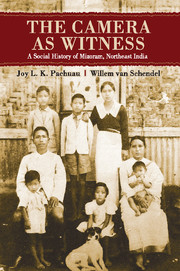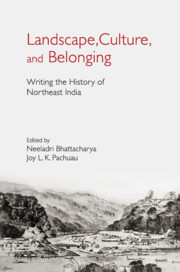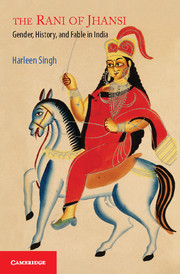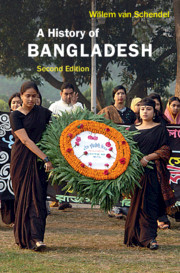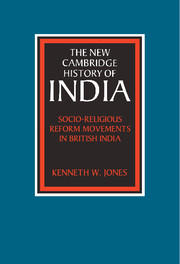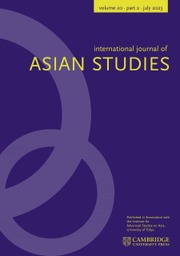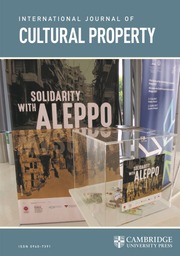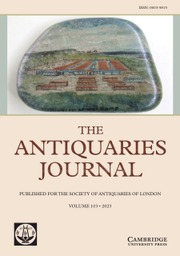The Camera as Witness
The Camera as Witness lifts the veil off the little known world of Mizoram and challenges – through unpublished photographs –core assumptions in the writing of India's national history. The pictures in the book establish the transformation of this society and the many forms of modernity that have emerged in it. It emphasises how 'indigenous people' in Mizoram used cameras to produce distinct modern identities and represent themselves to themselves, consistently contesting outsiders' imaginations of them as isolated, backward and in need of upliftment.
The authors demonstrate how mostly amateur photographers used visual images to document a historical trajectory of heady change and continual reinvention, producing distinct modern identities.
By virtue of its use of visual sources and its engagement with a wide range of important discourses, this book is relevant for students, historians, social scientists, political activists and general readers looking for a fresh approach to Northeast India.
��
- Revisits the history of Mizoram, northeast India, contesting stereotypes about the region and its people
- This full colour book has almost 400 unpublished photographs from the 1860s to 2010
- Visual sources and text are supported by archival documents like correspondences, diary entries and early news sheets
Product details
April 2015Hardback
9781107073395
502 pages
237 × 162 × 41 mm
0.86kg
Available
Table of Contents
- List of figures
- List of maps
- Glossary
- Acknowledgements
- Part I. Becoming Mizo:
- 1. Introduction
- 2. Coming into view: the first images
- 3. Adjusting Mizo culture
- 4. Domesticating a new religion
- 5. Getting educated
- 6. Controlling the hills
- 7. The trouble of travel
- 8. First stirrings of the market economy
- 9. Mizos in the World Wars
- 10. Mizo visual sensibilities
- Part II. Mizoram in the New India:
- 11. The long goodbye
- 12. The emergence of popular politics
- 13. Mizoram and the new Indian order
- 14. Mizoram comes to Delhi
- 15. The search for authenticity at home
- 16. Mizo style: cowboys at heart
- Part III. Visions of Independence:
- 17. Famine and revolt
- 18. The Mizoram government at home – and in East Pakistan
- 19. The Mizoram government – in Burma, China and Bangladesh
- 20. A state and its minorities
- Part IV. Mizo Modernities:
- 21. Being cool: the music scene
- 22. Being cool: sharp dressers
- 23. Studio modernity
- 24. Conclusion
- Acknowledgement of copyrights and sources
- Bibliography
- Index.

